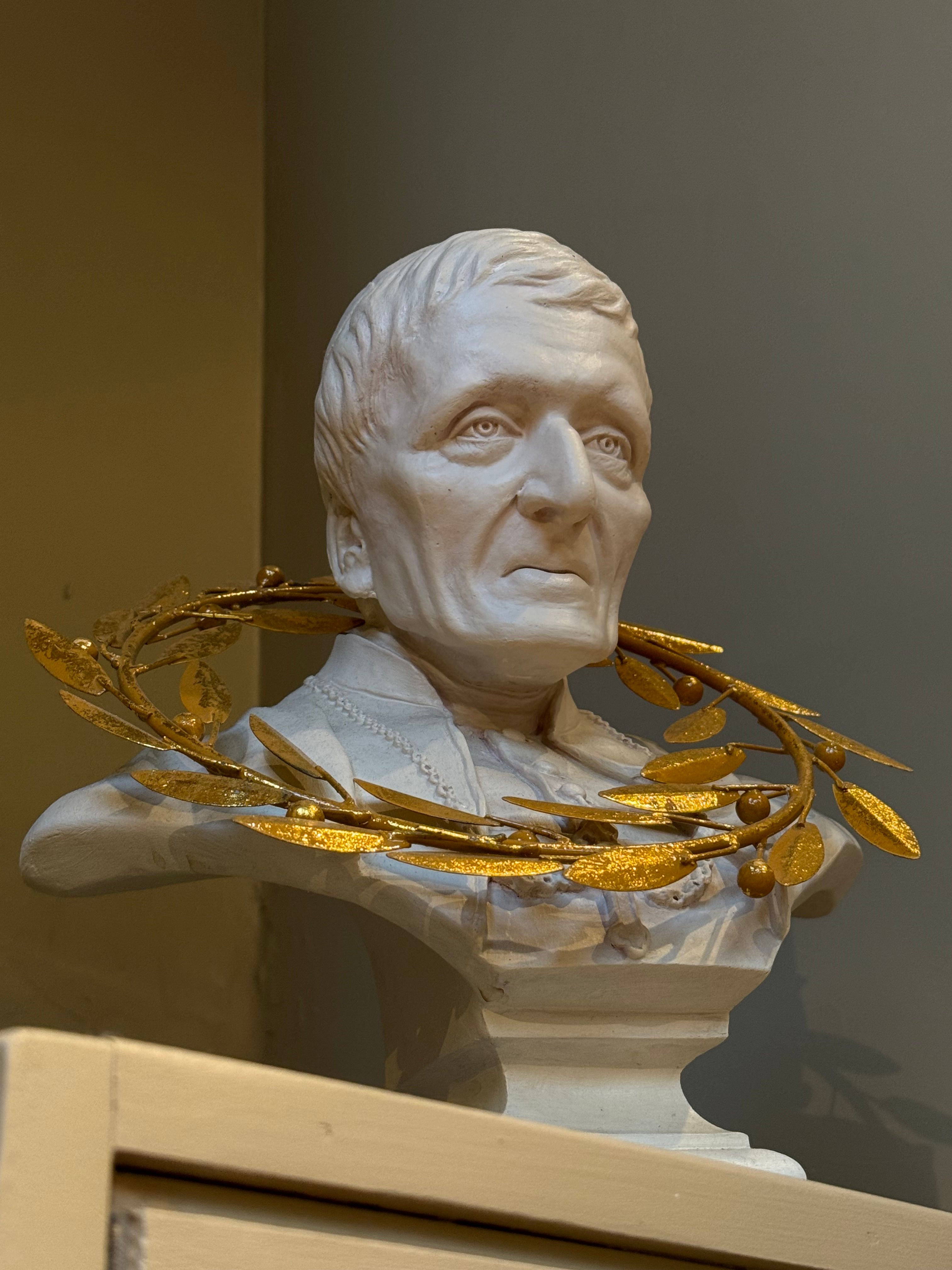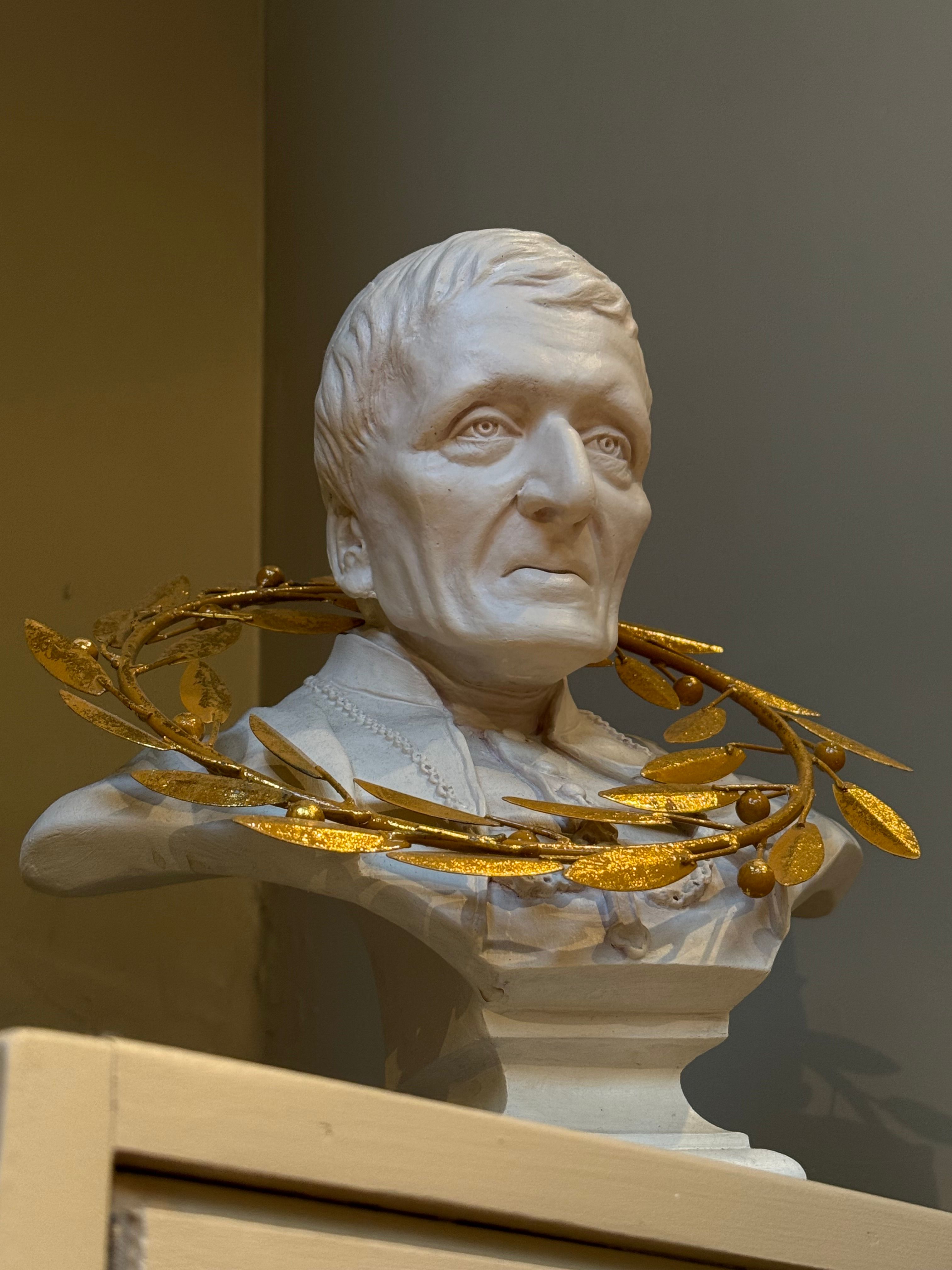
On 1 November, the Solemnity of All Saints, Pope Leo formally decreed that St John Henry Newman (1801-1890) is a Doctor of the Church, the thirty-eighth in the history of the Church.
What is a Doctor of the Church? It is a saint whose teaching - whether on doctrinal, moral, or spiritual matters - is considered particularly significant. The Church gives them the title ‘Doctor’, from the Latin ‘docere’ meaning ‘to teach’, not as a reward but to encourage us to know what they taught and so be nourished by their teaching.
We must go back to the fifteenth century, to find, before Newman, an English saint, who died peacefully in their bed. However, St John Henry’s life was not without trials. He left all he knew and loved – family, Oxford, the Church of England – to become a Catholic and settle with his fellow Oratorians in Birmingham. Yet he could do no other. After years of studying the Church Fathers and entering the controversies of the day, it had become clear to Newman that the Catholic Church was God’s holy Church.
Newman’s writings, in beautiful and precise English – sermons, theological texts, letters and memoirs – have long been valued and closely studied. From them we can learn many things, including what does it mean to believe, the credibility of faith, and the development of doctrine. His own depth of faith can be a model to us. As Newman said on becoming a cardinal: ‘Commonly the Church has nothing more to do than to go on in her own proper duties, in confidence and peace; to stand still and to see the salvation of God.’
St John Henry was an Oxford man to the marrow of his bones. He only visited Cambridge twice. Once for a mere quarter of a day in July 1832 and then, twenty nine years later, for a couple of days in July 1861. On his second visit, Newman stayed at the Bull Hotel at 64 Trumpington St - the building remains and is now part of St Catherine's College - and saw, at least, the chapels of King's College and Peterhouse. He described the town then as 'exquisitely beautiful.' But it is from his first visit, in a letter to his mother, that we can read these words:
‘When I saw at the distance of four miles, on an extended plain, wider than the Oxford, amid thicker and greener groves, the Alma Mater Cantabrigiensis lying before me, I thought I should not be able to contain myself, and, in spite of my regret at her present defects and past history, and all that is wrong about her, I seemed about to cry out, ‘Floreat aeternum!’ I do really think the place finer than Oxford, though I suppose it isn’t, for everyone says so. I like the narrow streets; they have a character, and they make the University Buildings look larger by the contrast. I cannot believe that King’s College is not far grander than anything with us; the stone, too, is richer, and foliage more thick and encompassing. I found my way from the town to Trinity College, like Old Oedipus, without guide, by instinct: how, I know not. I never studied the plan of Cambridge.’




